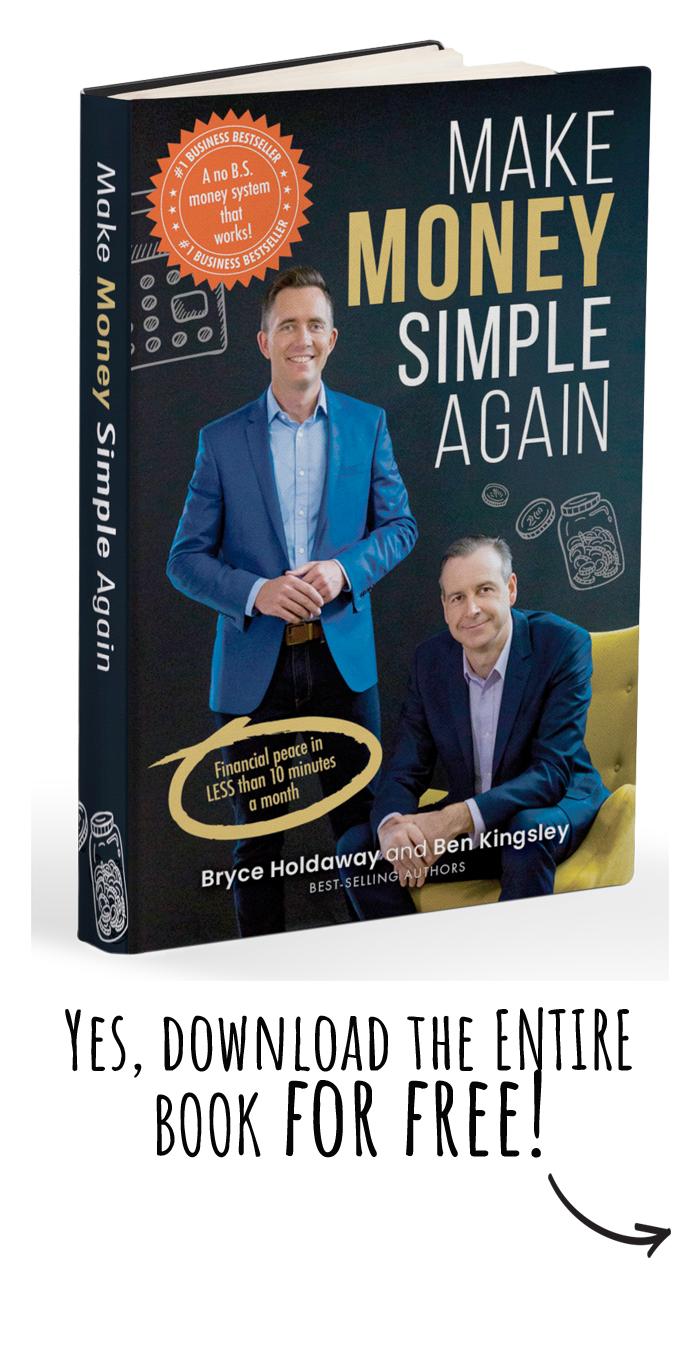Note: This episode is a re-run of one of our older episodes. It originally aired on 14th April 2016 😊
In today’s episode, we tackle the increasingly popular strategy of ‘rentvesting’.
As we see soaring property prices in major urban hubs, the dream of homeownership seems further out of reach for many. But is there a savvy way to balance that dream with reality?
Enter ‘rentvesting’ – where you rent in the place you love…and invest where you can afford.
Rentvesting is a smart solution that can offer freedom, tax perks, and a wealth-building shortcut, but can you handle the emotional trade-offs?
Free Stuff Mentioned
- New to The Property Couch? Download our Binge Guide – 20 of the first episodes condensed into one easy-to-digest booklet!
- We’re giving away FREE copies of our best-selling books: Make Money Simple Again (e-book) and The Armchair Guide to Property Investing (physical book)!
- Check out our brand-new “lifestyle by design” app – Moorr. This free app simplifies how you manage your money using our hugely popular MoneySMARTS system.
- FREE PROPERTY REPORT: Learn how your suburb is performing in this comprehensive 39-page report. Get it while it’s free!
- Money Magazine Cover Story: Rent & Invest – Rentvesting can give you the dream lifestyle now and help you build a property portfolio
Previous Episodes/Guests Mentioned
Margaret Lomas
- Ep 150: How This Mother of 5 Turned $80,000 into a Multimillion Dollar Property Empire
- Ep 216: Everything You Need to Know to Invest!
Timestamps
- 0:00 – Rentvesting – Is Rent Money Dead Money?
- 4:47 – How did rentvesting come about?
- 7:31 – Real life case study 🔍
- 10:51 – The pros & cons of rentvesting
- 23:44 – Our views on negative gearing

 Subscribe On Itunes
Subscribe On Itunes Subscribe On Android
Subscribe On Android
